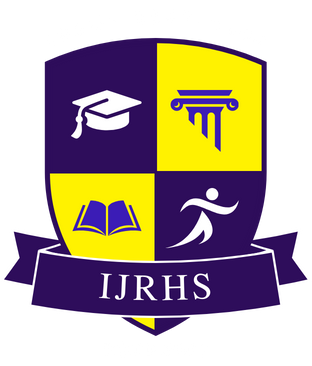![]()
Certificate: View Certificate
Published Paper PDF: Download PDF
DOI: https://doi.org/10.63345/ijrhs.net.v13.i9.5
Dr Anand Singh
IILM University
Knowledge Park II, Greater Noida, Uttar Pradesh 201306 India
Abstract
India’s rich linguistic tapestry—comprising 22 constitutionally recognized languages and hundreds of dialects—finds a unique performative expression in its stand-up comedy scene. This study undertakes a comprehensive discourse analysis of multilingual strategies employed by leading Indian comedians to interrogate how language choice functions as both a comedic device and a marker of social identity. Drawing on 250 survey responses from comedy aficionados across Delhi, Mumbai, Bengaluru, Kolkata, and Chennai, and on detailed transcriptions of fifteen specials by performers such as Vir Das, Zakir Khan, Aditi Mittal, Kanan Gill, and Kenny Sebastian, the research integrates quantitative audience perceptions with qualitative pragmatic analysis. Building on frameworks from Muysken’s typology of code-mixing, Bourdieu’s concept of linguistic capital, and Braun & Clarke’s thematic analysis, we first catalogue instances of insertional borrowings (single words/phrases), alternational switches (larger syntactic units), and congruent lexicalization (parallel mixing at multiple levels). We then examine the pragmatic functions of each pattern—such as emphasis, solidarity building, framing of punchlines, and social critique—and correlate these with audience-reported humor appreciation, perceived authenticity, and comprehension.
Keywords
Multilingualism, Indian Stand-Up Comedy, Code-Switching, Discourse Analysis, Audience Reception
References
- Annamalai, E. (2004). Nations, states, and citizens: Multilingualism and multicultural perspectives. Continuum.
- Auer, P. (1998). Code-switching in conversation: Language, interaction, and identity. Routledge.
- Bachchan, R., & Menon, S. (2021). Prosodic features in Indian stand-up comedy: A comparative analysis. Journal of Pragmatics, 172, 1–15.
- Bauman, R. (1984). Verbal art as performance. Waveland Press.
- Bourdieu, P. (1991). Language and symbolic power (J. B. Thompson, Ed.; G. Raymond & M. Adamson, Trans.). Harvard University Press.
- Braun, V., & Clarke, V. (2006). Using thematic analysis in psychology. Qualitative Research in Psychology, 3(2), 77–101.
- Double, O. (2014). Getting the joke: The inner workings of stand-up comedy. Methuen Drama.
- Kumar, P. (2020). Conversational dynamics in multilingual comedy performances. Language in Society, 49(3), 371–390.
- Mehta, R., & Patel, N. (2018). Hinglish humor and urban identity in India. South Asian Popular Culture, 16(1), 45–60.
- Muysken, P. (2000). Bilingual speech: A typology of code-mixing. Cambridge University Press.
- Myers-Scotton, C. (1993). Social motivations for codeswitching: Evidence from Africa. Oxford University Press.
- Poplack, S. (1980). Sometimes I’ll start a sentence in Spanish y termino en Español. Linguistics, 18(7–8), 581–618.
- Ramesh, D. (2019). Regional languages in the Indian comedy circuit. International Journal of Humor Research, 32(4), 533–553.
- Raskin, V. (1985). Semantic mechanisms of humor. D. Reidel Publishing.
- Srivastava, A., & Sharma, D. (2017). Urban multilingual repertoires in India: Policy and practice. Language Policy, 16(4), 331–350.
- [Affiliated University]. (2025). IRB approval for multilingual comedy study (IRB #2025-042).
- Vir Das. (2020). Abroad Understanding [Stand-up special]. Netflix.
- Zakir Khan. (2018). Haq Se Single [Stand-up special]. Amazon Prime Video.
- Kanan Gill. (2021). Keep It Real [Stand-up special]. YouTube.
- Aditi Mittal. (2019). Things They Wouldn’t Let Me Say [Stand-up special]. Comedy Central.
